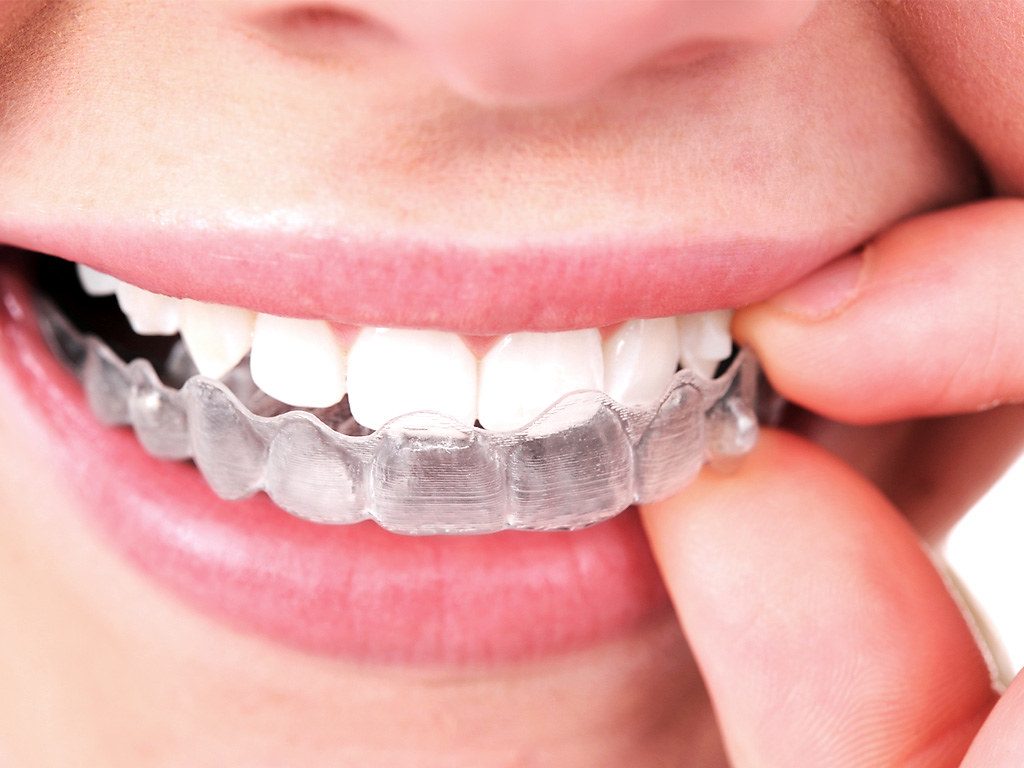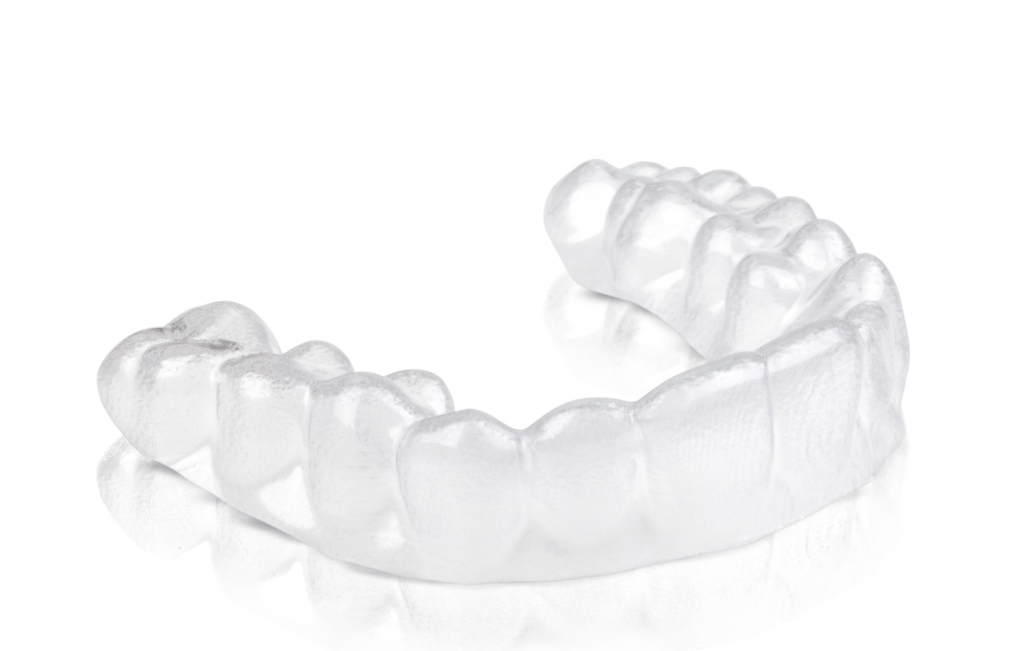Cleaning and Caring for Invisalign Retainers

There is a reason why Invisalign is considered to be a great alternative to wearing braces: it is almost invisible and causes less discomfort when compared to traditional tooth aligners, such as brackets, bands, and arch wear. This is why many teens and adults prefer Invisalign retainers – Not only is it less expensive than braces, but it is also a great way to perfect your smile in an almost invisible way.
But if not maintained properly, you might end up spending just as much money as you would with braces. So, to keep your smile bright at an affordable price, follow the list of Do’s and Don’ts for Invisalign care.
Invisalign Retainers: The 6 Rules to Follow

Now that you’ve received your first series of custom-made clear aligners, it is time to find out everything you can about keeping them clean, invisible, and odor-free. While it may seem pretty straightforward (as good oral hygiene should be everything needed to keep your Invisalign aligners clean), proper upkeep of retainers involves more than just that. Still, it is easy and will only take a few minutes:
- Always rinse your aligners under lukewarm water when you remove them. Even if you remove the aligners for eating and drinking, failing to clean your trays properly afterward can result in discoloration and a buildup of bacteria as dry saliva and plaque can create an ideal breeding ground for foul-smelling bacteria.
- After having rinsed the aligners underwater that is neither too hot nor too cold, you can now clean them. Start by applying retainer cleaner or clear anti-bacterial soft soap to a soft-bristled toothbrush or a retainer brush. The clear anti-bacterial soap and retainer cleaner are excellent ways of keeping the aligners clear, fresh, and free from harmful bacteria.
- When brushing your aligners, use small, circular motions, to gently brush the entire retainer, both inside and out. It is important to be gentle as vigorous brushing can scratch your aligners and leave visible etchings.
- Once you’ve properly cleaned then, rinse them under lukewarm water again before inspecting for any calcium, or tartar, build-up. Retainers are similar to our teeth in that they are susceptible to tartar buildup. You will know there is calcium buildup if you see a cloudy, white film on the retainer. This film is typically hard to remove with a toothbrush.
- If you do notice calcium buildup, soak your aligners. You can choose between denture cleaning solution, retainer cleaning solution or the official Invisalign cleaning crystals. These are all excellent choices for keeping your trays clear and sanitized.
- Now that you’ve cleaned your retainer, focus on your teeth and mouth. Always brush and floss your teeth before reinserting your aligners. Being form-fitted means that the aligner will trap any harmful particles in your teeth. Hence, to stop bacteria from getting trapped between your aligner and your teeth, proper oral hygiene is crucial. It will help maintain healthy teeth and avoiding cavities and decay.
Only after having cleaned both the retainer and your mouth can you place the retainer back.
4 Common Mistakes to Avoid:
- Eating and drinking (except water) while wearing Invisalign. Not only do you run the risk of staining or discoloring your aligners, but you can also have a retainer that stinks.
- Use toothpaste, colored liquid soap or scented liquid soap to clean your aligners. Some of these products are abrasive and will either dull your aligners or cause your aligners to take on alternative hues and shades. These can even damage the retainer and create small traps for bacteria to proliferate.
- Leaving your aligners in the open. Retainers must never be exposed or left unprotected. To prevent dangerous bacteria and harmful germs from building up in the trays, always place them in their case.
Traveling Tips with Invisalign
Traveling with Invisalign is not always convenient as it will be complicated to brush your teeth after every meal. So, although not ideal, simply rinse out your aligners and mouth before reinserting them into your mouth. But once you are back in your room, brush your teeth.
Finally, be prepared for anything. By this, we mean that consider taking your previous set of aligners, your current set, and your next set of aligners with you. Having an additional case on hand is also a good idea. Consider carrying your aligners in your purse or carry-on luggage when flying as baggage can be delayed or lost.
Bottom Line
If you want to get the most out of your retainer and avoid distorting or staining it, take the time to regularly clean them each and every time you brush your teeth. This will prevent liquids from damaging your retainer. Also, remember to consistently put your retainer back in your mouth after each meal and after brushing. This will help ensure you get the results you want with the least expense.
Invisalign are meant to be relatively pain-free. So, if you do experience pain, talk with your orthodontist as soon as possible.



